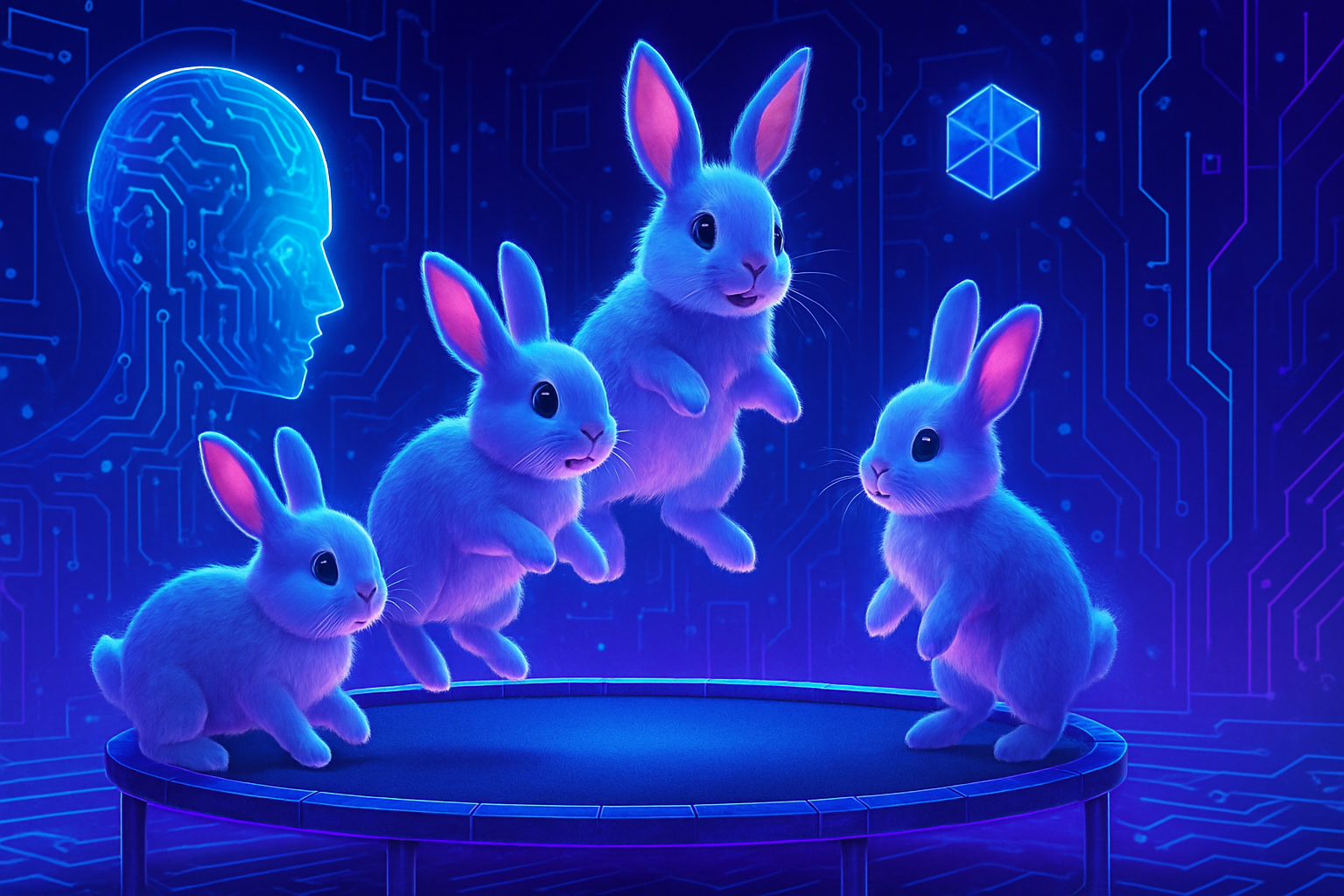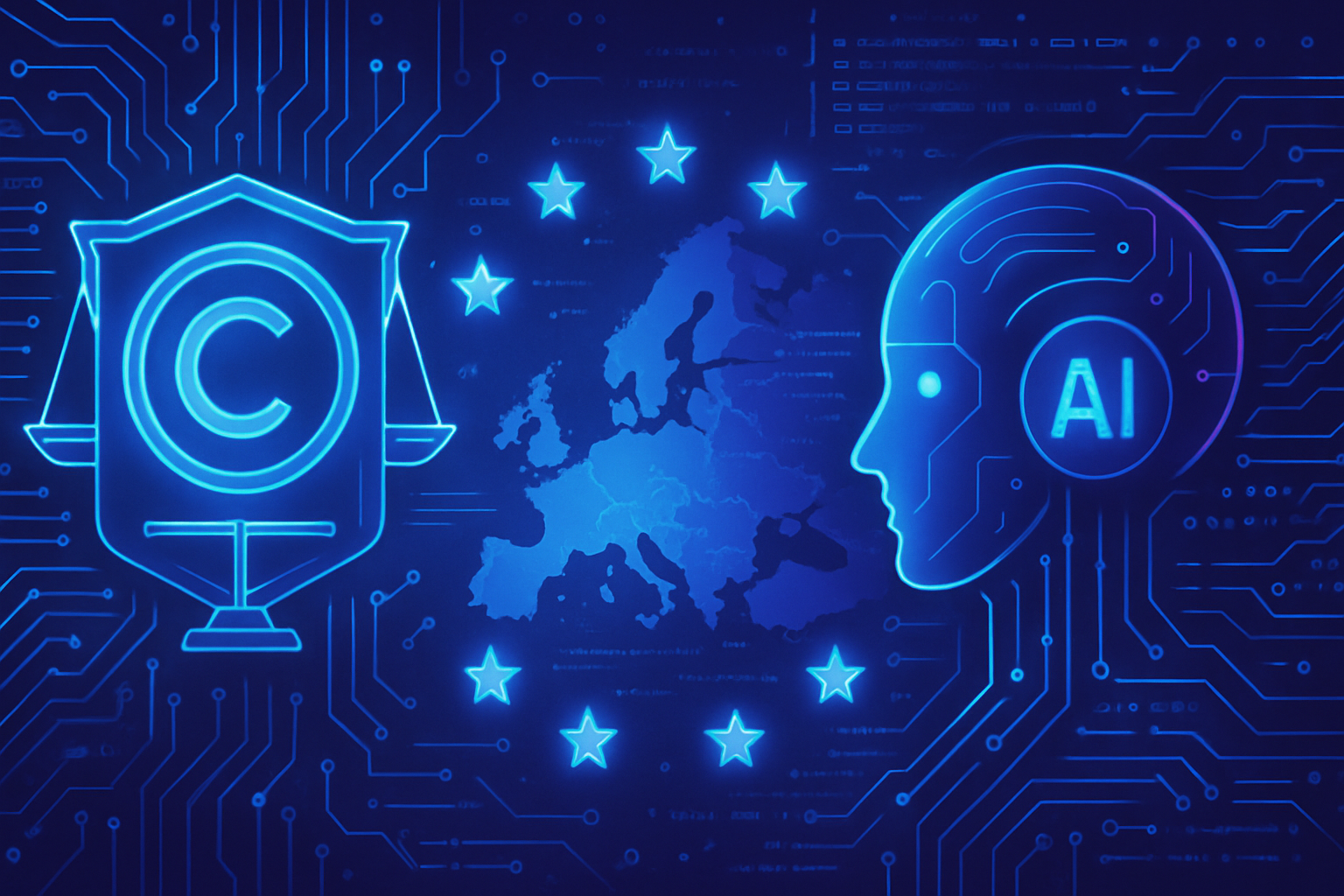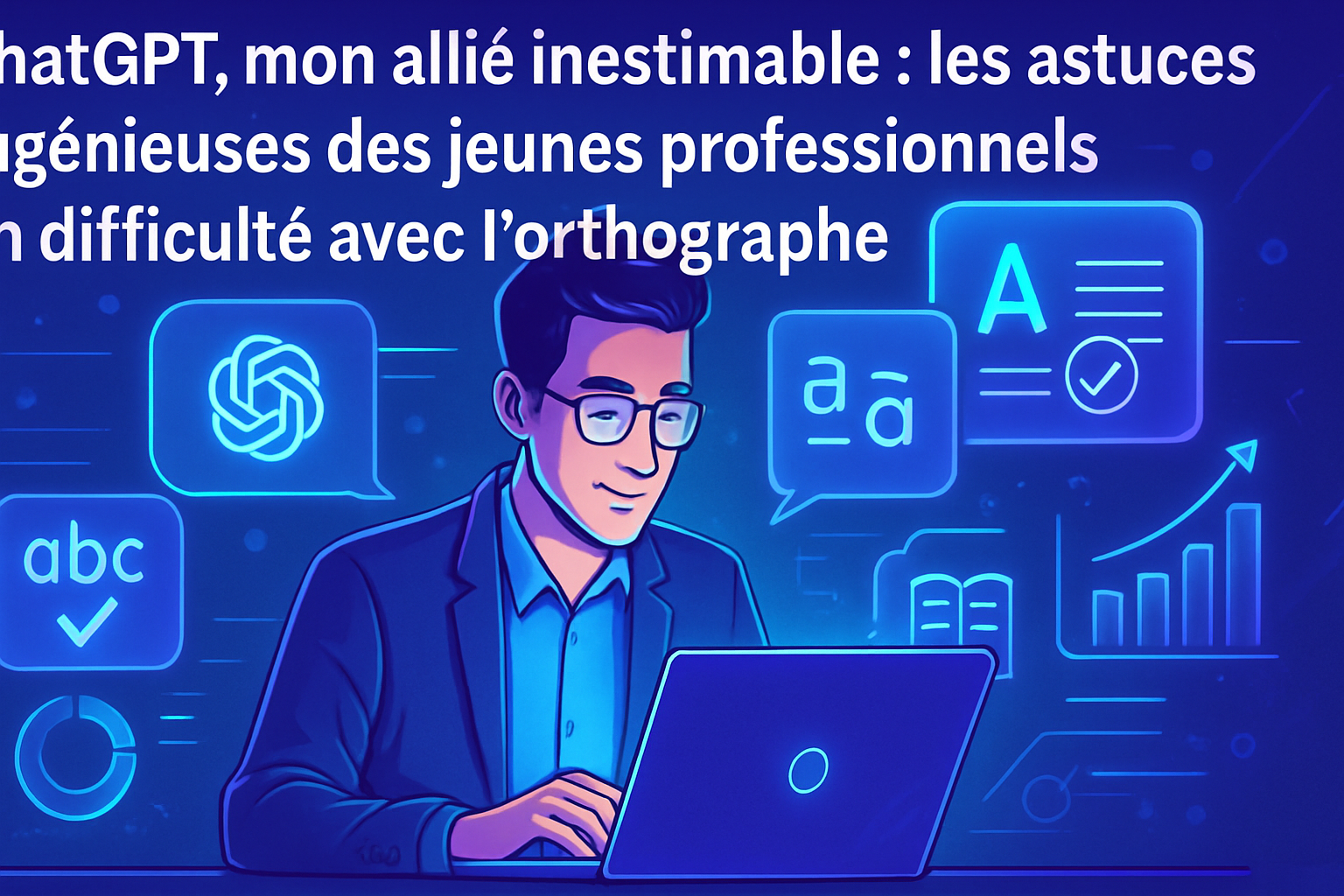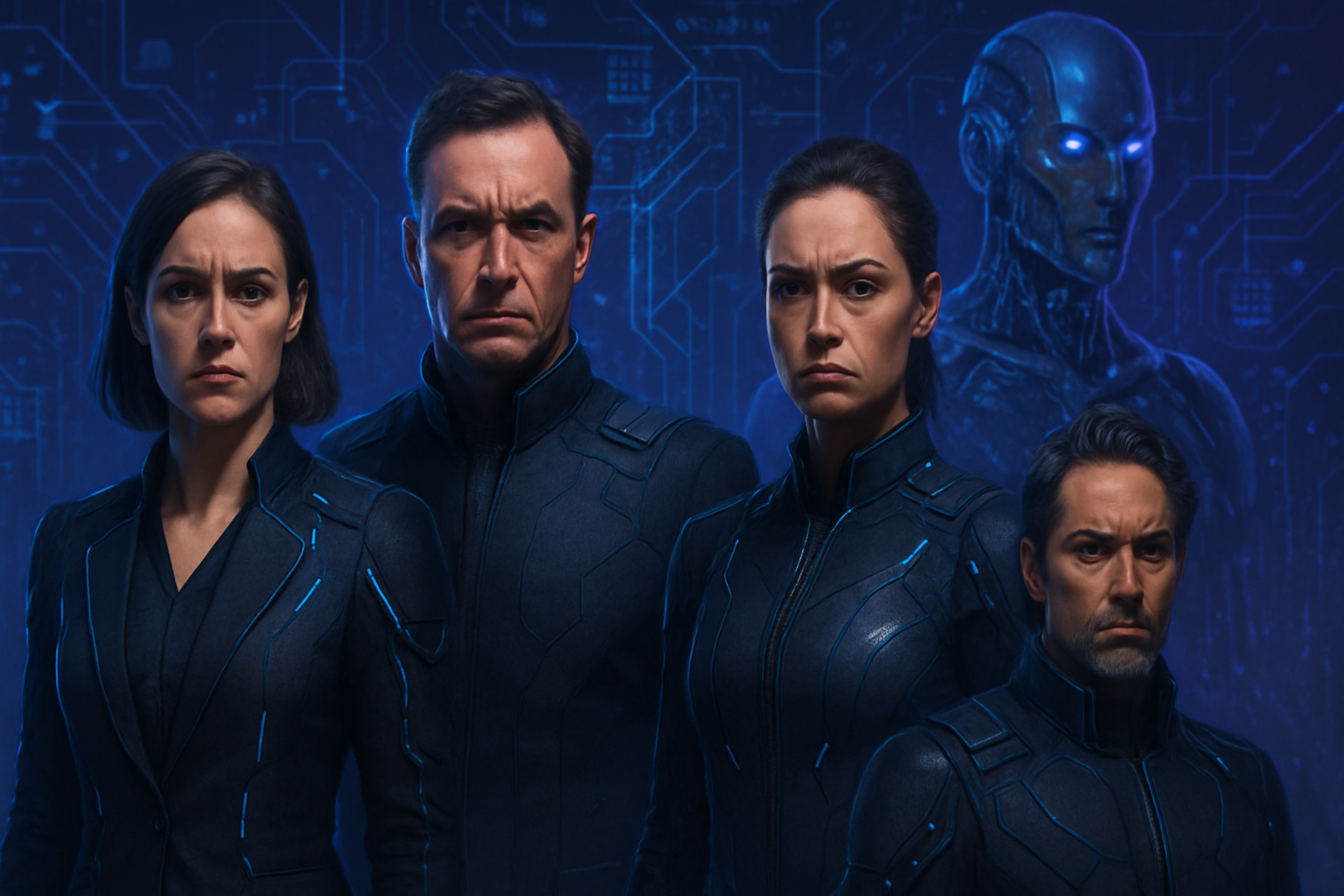The appearance of a captivating video featuring rabbits joyfully jumping on a trampoline sparked shockwaves among internet users. This seemingly appealing work highlights a troubling issue: the use of artificial intelligence to create misleading and confusing content. Images of animals, although visually attractive, raise questions about the credibility of digital media and the impact of these innovations on the perception of reality.
The origin of the viral video
A video of rabbits jumping on a trampoline captured massive attention on TikTok, accumulating over 210 million views. Posted on July 27, this eight-second clip generated more than 24 million likes, making it irresistible to users eager for adorable content. On various social networks, remixes of this original video continue to circulate, fueling an impressive virality phenomenon.
Fictitious animals created by AI
The apparent charm of this video conceals a disturbing reality: the animals presented are the product of artificial intelligence. A manifest glitch, visible in the video when one of the rabbits disappears during the projection, demonstrates the limitations of this technology. 404 Media, a site specializing in digital issues, highlights the incredulity provoked by this AI-generated creation.
The credibility of the video in question
The fact that the video is supposedly captured by a “surveillance camera” makes it even more convincing to viewers. Traditionally, surveillance recordings are blurry and dark, a quality not found here. 404 Media asserts that the rendering of clear lighting and incredibly sharp images erases the clues that would identify AI-manipulated content.
User reactions
Comments from internet users on social media reveal a common sentiment of dismay. Many people confess their gullibility regarding this creation, stating they were led to believe in the reality of the rabbits. One user shared her humiliation on TikTok, highlighting her education in digital technologies while questioning her ability to discern truths from fictions.
Another user, who had shared the video with their family, acknowledged the need for disconnection in the face of this illusion. Young people, believing themselves to be wiser than previous generations, expressed shock at the idea of having been fooled. One user even lamented not having escaped this manipulation, considering herself less savvy regarding technological advancements.
Recognizing AI-generated videos
In light of the proliferation of this type of content, several tips allow users to differentiate authentic videos from those generated by artificial intelligence. Real videos are characterized by sharp objects with rigid lighting, while AI-created productions exhibit fluid movements and detail dispersion. Indeed, generated content often presents a lack of grain, a visual characteristic that can betray its artificiality.
Tips and strategies are shared on platforms such as Vulture, urging users to adopt increased vigilance. The advancements in AI make the task of discernment increasingly complex each day. This observation raises questions about the role of artificial intelligence in our daily lives and how it can influence our perceptions as well as our understanding of media.
The implications of this technological evolution
The issues raised by this video touch on broader themes related to cybersecurity and media manipulation. As artificial intelligence becomes more sophisticated, its ability to deceive the eye and shape opinions intensifies. Information on ongoing projects, such as the launch of Sanqtum regarding cybersecurity and AI, illustrates efforts to counter such practices.
The need for dialogue around the ethical limits of artificial intelligence thereby becomes imperative, as does updating strategies for detecting digital falsifications. Recent debates about integrating digital watermarks on AI-generated content highlight a growing concern regarding this anomaly.
FAQ on artificial intelligence and the viral video of rabbits on a trampoline
Why did the video of the rabbits on a trampoline provoke so much incredulity?
This video was created using artificial intelligence, and its realism fooled many internet users. The movements of the rabbits are fluid, which is atypical for authentic videos, causing surprise among viewers.
How can you tell if a video was created by artificial intelligence?
It is essential to pay attention to the clarity of the images, the fluidity of the movements, and the quality of the lighting. Videos generated by AI may present overly sharp images and movements that seem unrealistic.
What are the telltale signs of an AI-generated video?
Objects are often less sharp, lighting may be too harsh, and flaws such as objects temporarily disappearing are common. These elements can indicate that the content is not real.
Why are young people particularly affected by these AI-generated videos?
Young users, often more familiar with technological advancements, may be fooled by the apparent credibility of this content. This experience leads them to question their discernment regarding technology.
What precautions should be taken to avoid being trapped by AI videos?
To avoid falling into the trap, it is advisable to verify the sources of the videos, analyze visual details, and compare with similar videos reputed to be authentic.
What psychological impacts can this have on internet users?
Realizing that one has believed in an AI video can provoke feelings of shame and gullibility, particularly among those who consider themselves knowledgeable about new technologies.
How are platforms handling AI-generated content?
Social platforms are beginning to implement measures to identify and report AI-generated content, but users must also be vigilant and responsible in their online media consumption.






